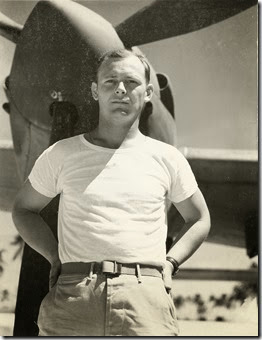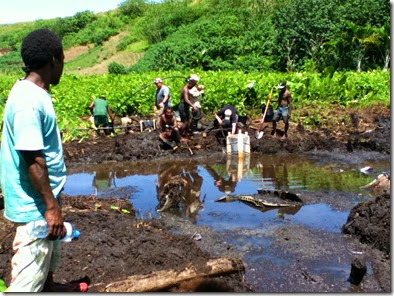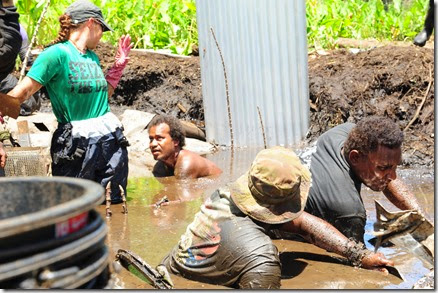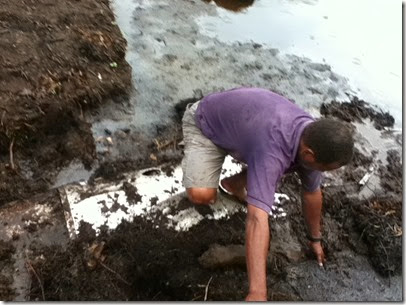Special Introduction: I’ve shared a several posts over the past couple of years about the discovery of my father’s WWII P-51 fighter plane high atop a Tyrolean glacier. That story began 70 years ago in Feb 1945; dad bailed out, succeeded in descending the mountain, was cared for by some villagers in the valley below, and spent the rest of the war in a German prison camp. His story reached a resolution of sorts this past summer when my sister and I visited the valley, got a view of the crash site and met with villagers who remember dad.
A parallel story about dad’s first cousin Peyton Mathis has been developing over those same 70 years. His story began a few months before dad’s plane went down, and now comes to its resolution this week. My first cousin Emory Kimbrough has done the research and made the contacts with the people involved in this story. Here it is:
By guest writer, Emory Kimbrough
World War II pilot, Major Peyton Spottswood Mathis, Jr., USAAF, will be returned home to Montgomery, Alabama, after seventy years as MIA on Guadalcanal. On the morning of January 1, 2015, the plane carrying Mathis’ remains will land in Birmingham, where a special escort will release the casket in a ceremonial transfer to the family and funeral director. An escorted motorcade to Greenwood cemetery in Montgomery will follow the transfer.
Mathis will be laid to rest next to his father and near his mother and step-mother in a formal military burial ceremony at 2 p.m., January 3, 2015, at Greenwood cemetery. 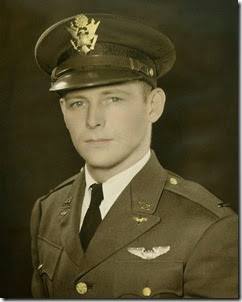
As commanding officer of the 44th Fighter Squadron, Mathis was returning with his squadron on June 5, 1944, to Kukum Field on Guadalcanal, after a bombing mission on Japanese facilities was recalled. Mathis suffered an engine failure in his P-38J. After jettisoning his two 500-pound bomb clusters into the sea, he instructed his squadron to land ahead of him.
Mathis flew over the airfield and turned into a landing pattern. For unknown reasons he aborted his final turn and flew south. He was last seen from the airfield disappearing behind hills. Another pilot flying an A-24 saw Mathis’ fighter flip on its back and crash into a ravine. The squadron’s maintenance and engineering officer led a search party in a difficult four to five hour push through the jungle to reach the crash site. They found the aircraft nose-down in a swampy creek with only the tail booms exposed. Pvt. G. H. Hanna swam down six to eight feet to reach the submerged cockpit, but was unable to free Mathis. Exhausted and lacking tools, the search party returned to the airfield.
On February 10, 1949, a Graves Registration company attempted to locate and recover the remains, but the crash site could not be found. The P-38 had likely settled into the swamp, and the crash site was lost to history.
The mystery remained for seven decades until a farmer clearing land for planting saw some metal sticking up out of a swamp. The farmer, Eddy Aku, contacted Anders Markwarth, an Australian resident of Guadalcanal known for recovering military artifacts. Eddy led Markwarth to the swamp at night to keep the site secret from anyone who might harvest the metal without permission or respect for the pilot’s remains.
Aku and his cousin found remains at the site, and within days, the Joint POW/MIA Accounting Command (JPAC) arrived, beginning a year-long procedure to definitively identify the remains found in and near the cockpit. With the aid of local Solomon Islanders, JPAC constructed sandbag dams to pump out water for investigation and recovery. The remains were transferred to Hawaii. Evidence from forensic anthropology and military records would be investigated, along with DNA testing against a sample from a relative of Mathis’ mother, Laura Davis Mathis.
The JPAC team working at Maj. Peyton Mathis’ crash site on Guadalcanal
Mathis had no children, but Peyton Mathis III, of Montgomery, whose father was Mathis’ half-brother, is named in his honor. He has been searching for over a decade for more substantial information about the war hero he was named for. Mathis had been awarded a Distinguished Flying Cross and a Silver Star in North Africa before his tour in the Pacific.
Personnel who helped in the planning for Mathis’ return to Alabama include Karen Johnson with Mortuary Affairs at Fr. Knox, KY, and Major Robert Tindall, Casualty Assistance Officer, Ft. Benning, GA. According to Mathis III, the JPAC team was more thorough than he could have anticipated, explaining why the process took a year to complete.
“It is now quite clear why the I.D process and notification of the family is such a lengthy process. They are so thorough and meticulous that it is almost miraculous that we got our results as quickly as we did. We were given a bound report that documents all of the steps in the discovery and identification process and chronicles the events that started on the day of the crash, June 5, 1944 through basically the present, and Karen literally went through it page by page for our benefit,” said Mathis.
JPAC’s mission is to bring America’s fallen soldiers home, no matter the difficulty or cost. Their teams may go to the jungles of Vietnam and Laos, the deserts of North Africa, Europe, and Korea. These recovery missions sometimes require complex diplomacy, are often difficult, and sometimes dangerous.
Anderson Cooper recently aired a piece on 60 Minutes dealing with a WWII aircraft’s crash site and the pilot’s remains, as well as featuring the group that researches such sites.
JPAC recovery missions sometimes require complex diplomacy, are often difficult, and sometimes dangerous.
The New Year will begin the 70th Anniversary of the end of WWII, and the year will bring numerous memories, events, memorials, stories, and finally, celebrations. Unhappily, at the same time, the United States is losing its WWII veterans at a high rate. Estimates put the number at 1,000 a day. Some 16 million Americans from all walks of life served in the war to bring an end to the scourge of Hitler’s and Japan’s oppressive forces worldwide.
Photos provided by Emory Kimbrough (who restored the oldest pictures), Anders Markwarth, and the JPAC team.

